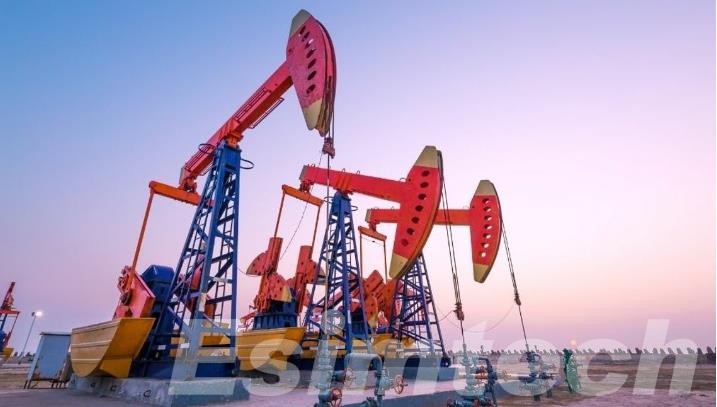A Comprehensive Guide to Oil Rig Construction and Design
A Comprehensive Guide to Oil Rig Construction and Design
Blog Article
Oil rig construction is a complex engineering feat that plays a crucial role in meeting the world’s energy demands. These massive structures, often located in challenging offshore environments, are essential for extracting oil and gas resources that power modern economies and lifestyles. This article delves into the intricate processes involved in oil rig construction and oil rig design, exploring the various stages and technologies utilized in the industry.
Understanding the Oil Rig Construction Process
Oil rig construction involves multiple stages, each requiring meticulous planning and execution. The primary goal is to create a durable platform capable of withstanding harsh oceanic conditions while facilitating the extraction of oil and gas from beneath the seabed. The construction process can be broadly categorized into several key phases:
1. Pre-Construction Planning
Before any physical construction begins, extensive planning is conducted. This includes feasibility studies, environmental impact assessments, and the development of engineering designs. Key considerations during this phase include:
- Water depth and seabed conditions
- Regulatory compliance and safety standards
- Designing for operational efficiency
2. Fabrication of Components
The construction of oil rigs involves the fabrication of various components, including:
- Foundation: This is the base structure that supports the rig, often constructed off-site before being transported to the rig location.
- Superstructure: This includes the living quarters, drilling equipment, and processing facilities, which are also fabricated off-site.
3. Assembly and Integration
Once the components are ready, they are transported to the construction site for assembly. This phase involves:
- Foundation installation and superstructure integration
- Installation of drilling and processing equipment
4. Safety and Testing
Safety is paramount in oil rig construction. Various safety systems are installed and tested to ensure the rig is ready for operational use. This includes:
- Fire detection and suppression systems
- Emergency protocols and evacuation routes
5. Transportation and Installation
The final rig is transported to its designated offshore location, where it is positioned and secured using advanced mooring systems.
6. Commissioning and Operation
After installation, the rig undergoes a commissioning process to finalize testing and adjustments, allowing it to commence drilling activities.
Challenges and Innovations in Oil Rig Construction
Constructing oil rigs presents numerous challenges, including harsh environmental conditions, logistical issues, and safety concerns. However, the industry is constantly innovating to overcome these obstacles. Key innovations include:
- Use of advanced materials for durability and corrosion resistance
- Automation and robotics for improved safety and efficiency
- Digital twin technology for real-time monitoring and predictive maintenance
Oil Rig Design Considerations
The design of an oil rig is critical to its functionality and safety. Key factors in oil rig design include:
- Type of rig (fixed vs. floating)
- Environmental conditions and site-specific challenges
- Operational requirements and equipment placement
Oil rig construction is a multifaceted process that combines engineering expertise, technological innovation, and environmental considerations. Understanding the complexities involved in both construction and design is essential for those in the oil and gas industry. As the demand for energy continues to grow, advancements in oil rig technology and design will play a pivotal role in meeting global energy needs.
Key Processes in Oil Rig Construction
| Process | Description |
|---|---|
| Pre-Construction Planning | Feasibility studies and design development. |
| Fabrication | Building of foundation and superstructure components. |
| Assembly | Transporting and integrating components on-site. |
| Safety Testing | Implementing safety systems and conducting tests. |
| Commissioning | Final adjustments and readiness for operation. |
